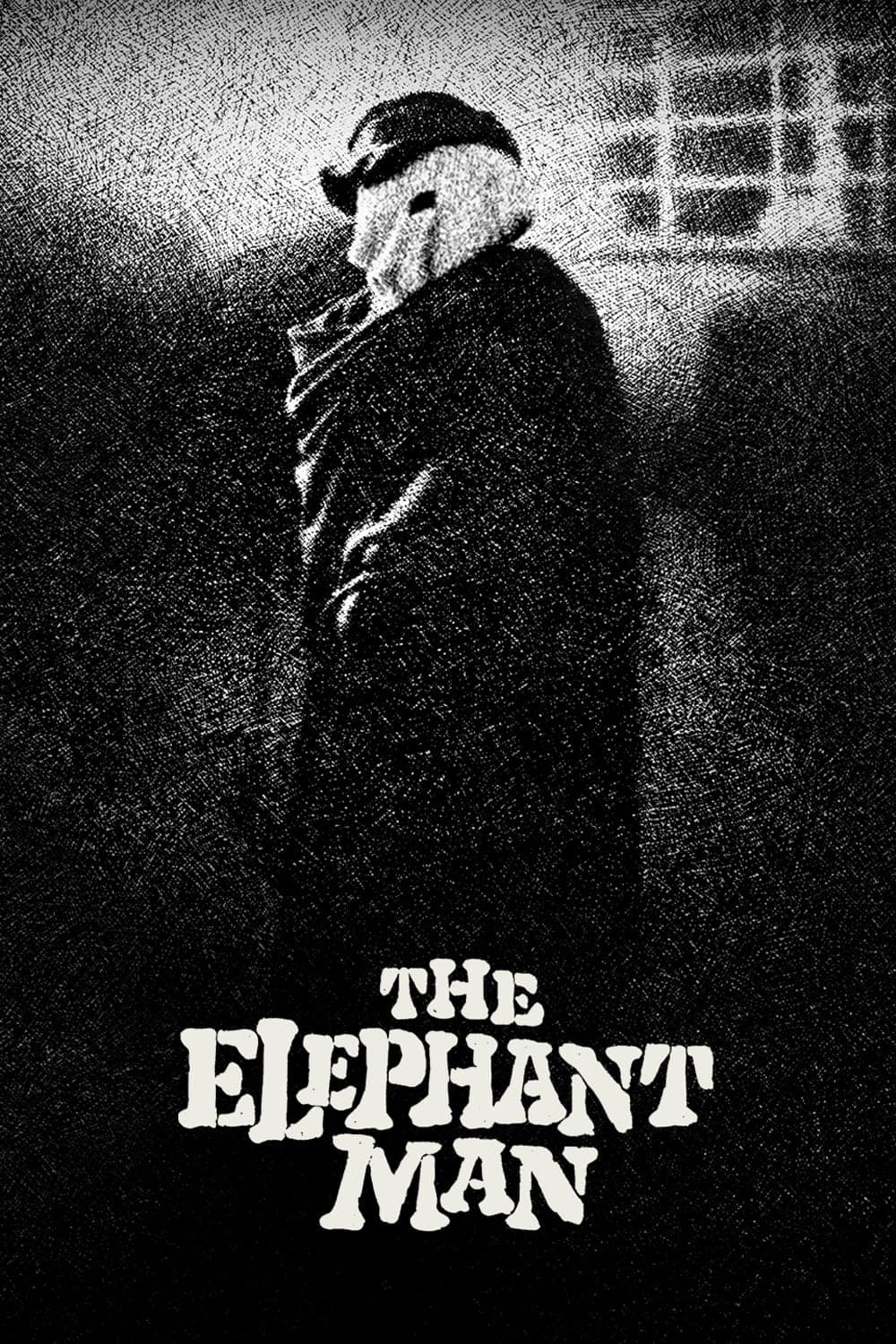
The Elephant Man
1980
Rate this movie
Average: 0.00 / 5
(0 votes)
Director
David Lynch is a young and promising director noticed by Mel Brooks thanks to his surreal debut film Eraserhead, The Mind That Erases, a great little cult classic released in 1977. Brooks, a producer as atypical as he was brilliant, renowned for his parody comedies, made a move as audacious as it was enlightened in entrusting a project of such delicacy to a filmmaker whose aesthetic was, until then, rooted in the dreamlike grotesque and industrial torment.
Brooks decided to produce a second film for him, giving him the opportunity to realize the project he had been working on for some time. This was the cinematic adaptation of Frederick Treves' book, a biographical work on the life of John Merrick, an individual afflicted by a rare disease with a life that was, to say the least, troubled.
An atypical film in Lynch's poetics, where vision and semantic complexity usually play a prominent role, a plot that presented a strong risk of indulging in sentimentalism. Although The Elephant Man deviates from his primary language of lucid nightmares and nonlinear narratives, for those who can read between the lines, the author's fingerprints are unmistakable. The representation of isolation, the monstrosity concealing inner beauty, the exploration of labyrinthine and oppressive spaces – be they hospitals or factories – and the irruption of the surreal (though here reduced to Merrick's brief but incisive dreams), are all elements found in his stylistic signature. Lynch's true marvel lies in avoiding the trap of sentimentalism, which such a dramatic subject could have easily generated. He does not merely act as an "aloof narrator," but elevates the story to an almost surgical examination of the human condition, where empathy is earned not through emotional manipulation, but through the patient revelation of his protagonist's dignity.
A work, therefore, that deviates from his primary language but appears equally magnificent in its cinematography, thanks to the extraordinary black and white of cinematographer Freddie Francis, which lends the story a unique smoothness. The choice of monochrome, far beyond a simple stylistic reminiscence, is an artistic statement of intent. Francis, a living legend whose career ranged from melodramas to the gloomy splendor of horror films like The Innocents, uses black and white to sculpt light and shadow in a way that not only evokes the foggy and sooty atmosphere of Victorian London but also bestows upon the film an aura of timeless fairy tale quality and, at the same time, an unsettling historical verisimilitude. This stark palette accentuates textures, from the fabrics of clothing to the blackened bricks of factories, from the grotesque forms of Merrick's body to the bewildered or cruel faces of his observers, focusing attention on essence and form, eliminating any distraction of color. It is a homage to classic cinema, subtly linking Merrick's figure to the sacred monsters of the silver screen, while subverting their narrative to reveal the humanity behind the mask.
The story is told of John Merrick, afflicted with neurofibromatosis (although today it is widely believed he suffered from Proteus syndrome, a crucial distinction in the scientific understanding of his condition) which disfigured his facial features, confining him to a tent in a traveling circus as the main attraction. The man is the object of the public's debasing morbid curiosity, a living symbol of Victorian fascination with the macabre and the different, a form of popular entertainment that ruthlessly exploited the deformities of others. Until he is taken into the care of a surgeon, Dr. Frederick Treves, who undertakes to admit him to the London Hospital to study his pathology.
Soon the scientist realizes that the monstrous mask of flesh conceals uncommon humanity and sensitivity. John Hurt's performance, entirely reliant on body language and expressive eyes beyond the imposing prosthetics, is nothing short of iconic, conveying Merrick's soul with a power that transcends physicality. He is not merely an object of study or an attraction, but a man with a rich inner life, sensitive, cultured, desirous of beauty and recognition.
A work of denunciation by Lynch against the abject condition that "freaks" must endure to satisfy the depravity of the so-called able-bodied. It is an indictment not only of the overt cruelty of his circus "owner" Bytes but also of a hypocritical society that, while concealing itself behind the facade of progress and civilization, perpetrates a subtle and pervasive violence through judgmental gazes and the denial of the other. The scene in which Merrick, tormented by harassment and yet another public humiliation, bursts forth with the cry "I am not an elephant! I am a human being!" is a moment of pure, agonizing lyricism, which crystallizes the central theme of the film: the desperate plea for recognition of one's dignity and identity, beyond any physical deformity or social prejudice.
Lynch succeeds in the endeavor of not falling into the trap of sentimentalism, but remains an aloof narrator and allows emotions to follow their natural flow. His approach is that of an attentive, almost clinical observer, who allows tragedy and redemption to develop with an intrinsic force, without rhetorical artifice. This calculated detachment is what makes the film so profoundly incisive: tears are not extorted, but arise spontaneously from a deep and unmediated understanding of the suffering and beauty inherent in Merrick's human condition.
A touching, emotional, pulsating film in its moments of high lyricism, yet never rhetorical, a masterpiece that continues to resonate for its brutal honesty and profound humanity.
Country
Gallery
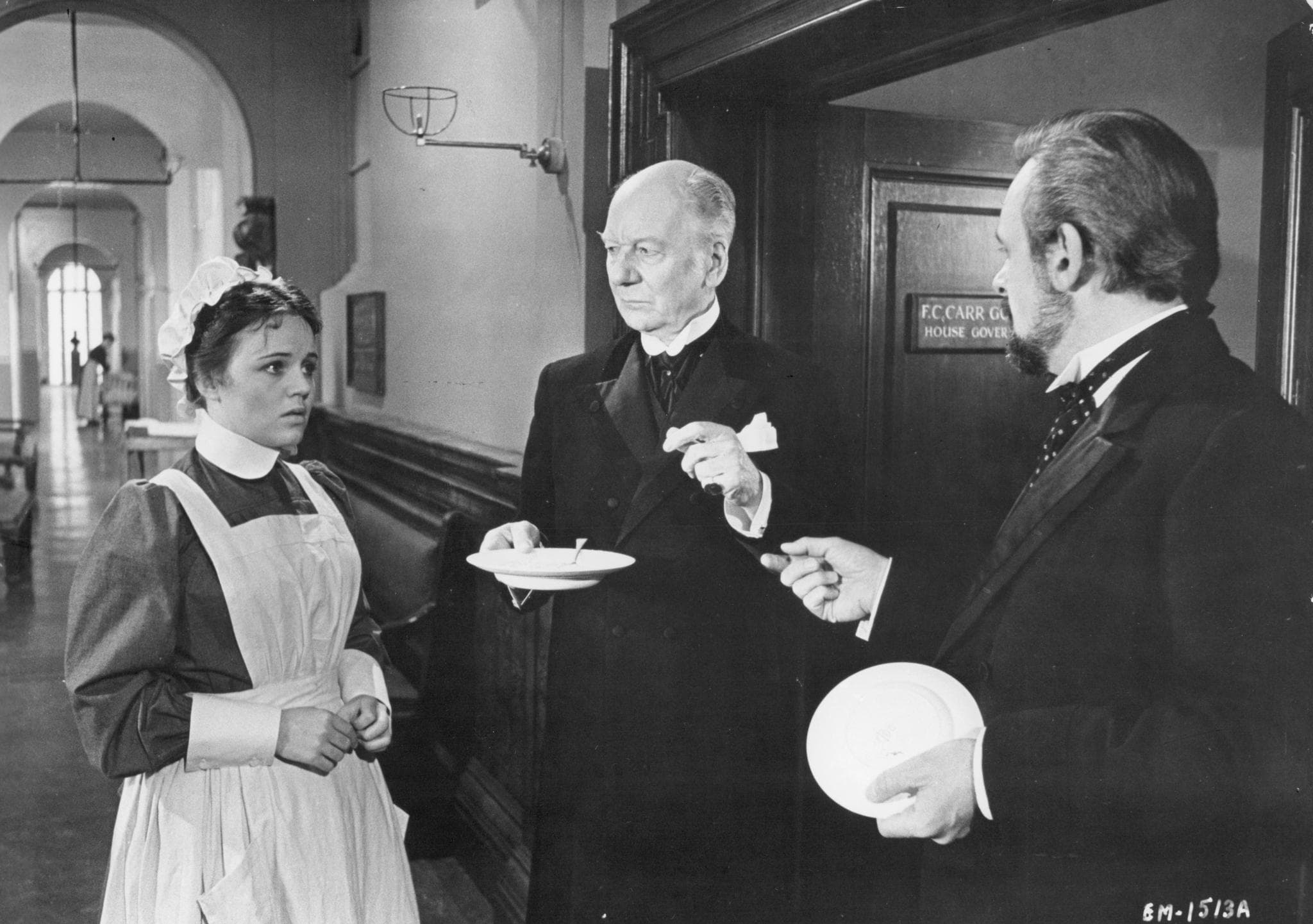
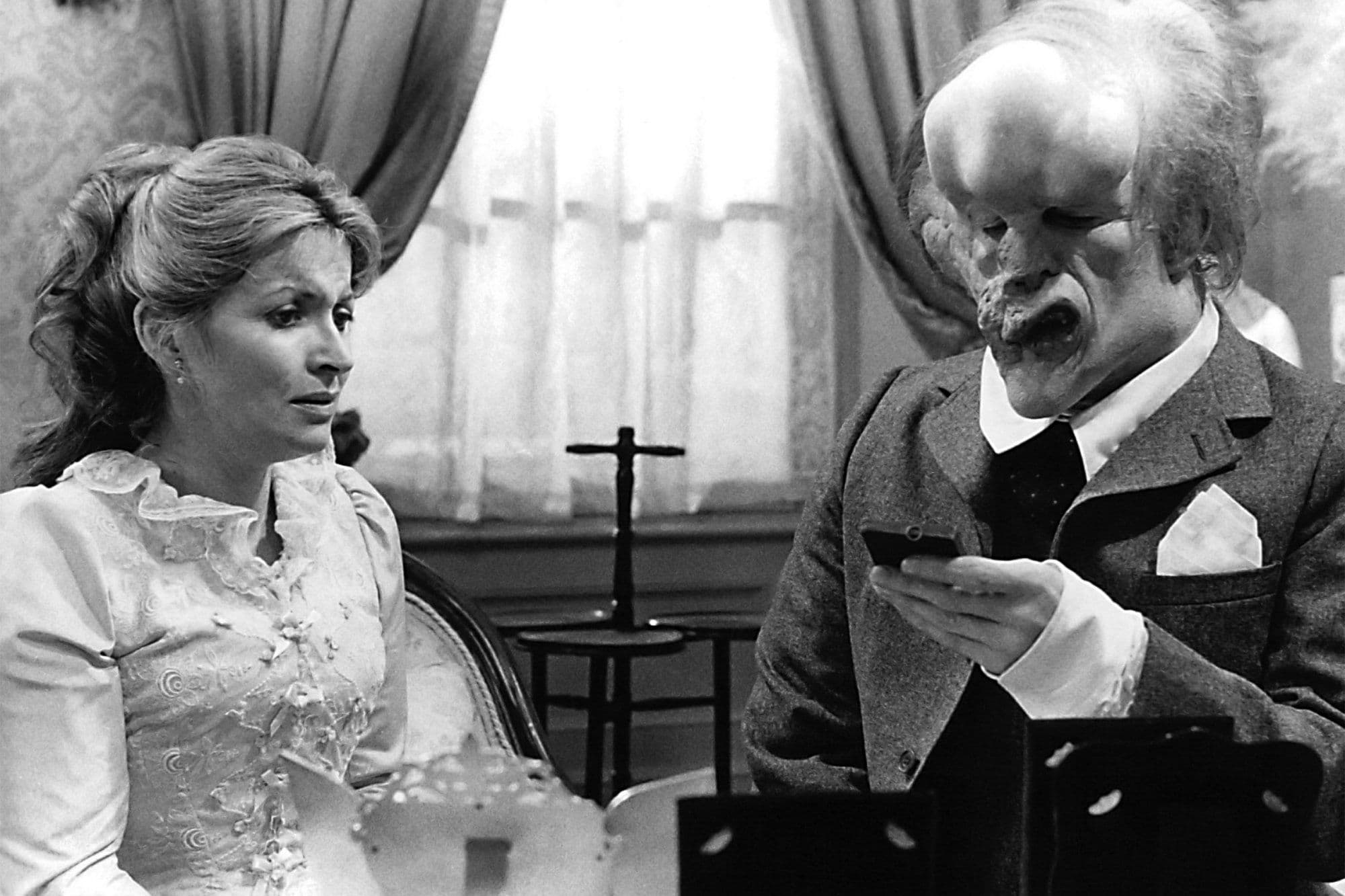
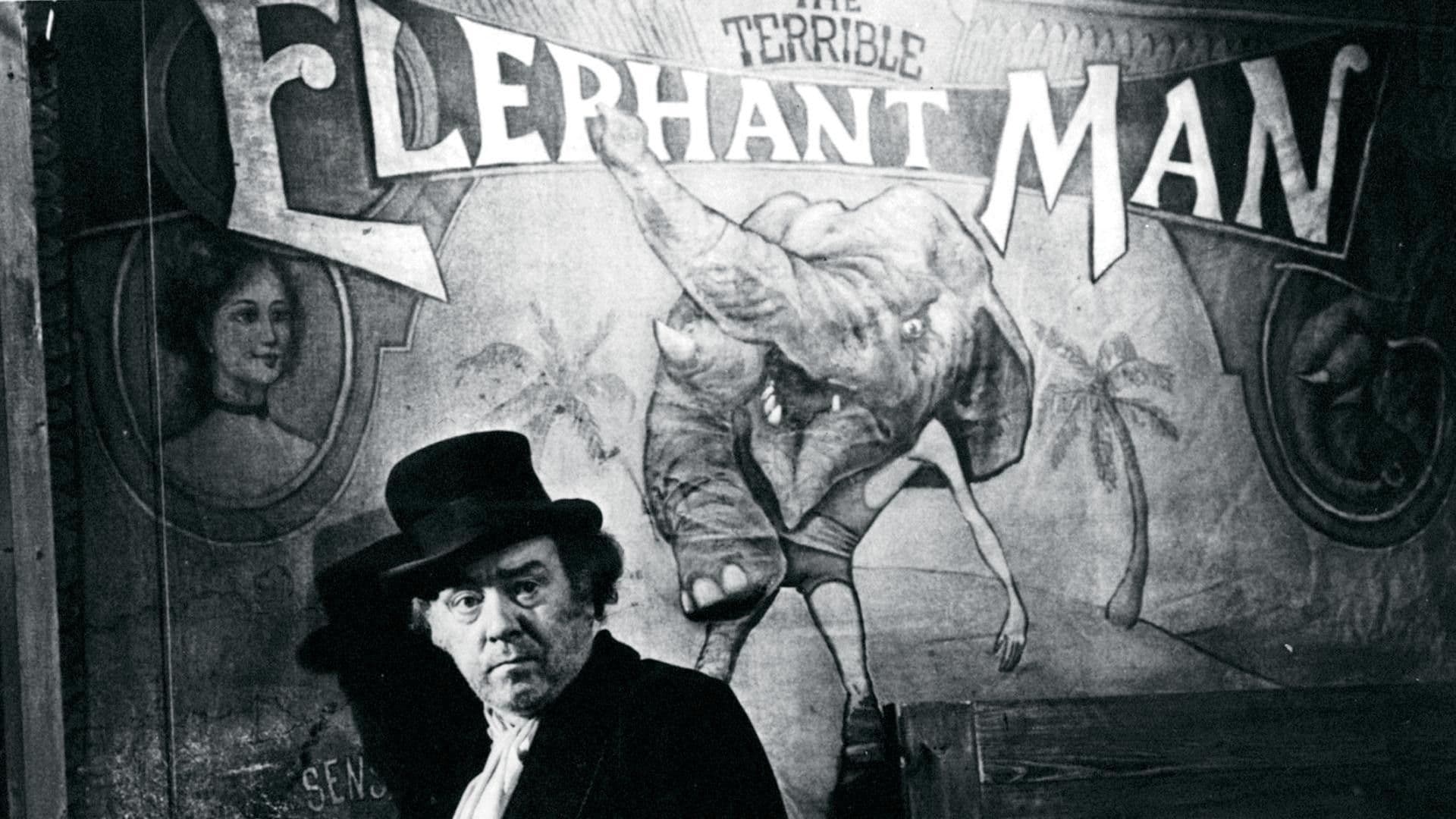
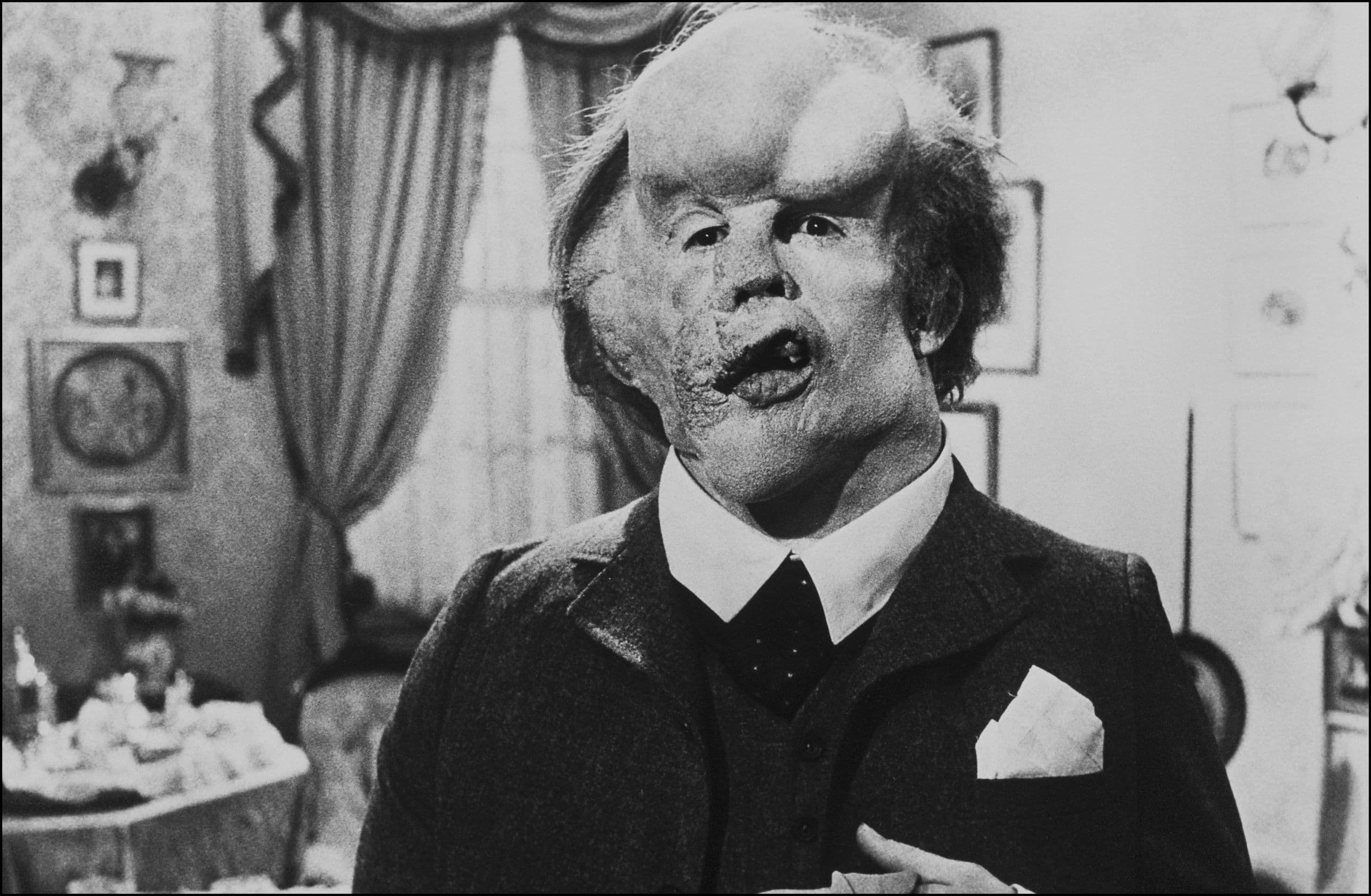
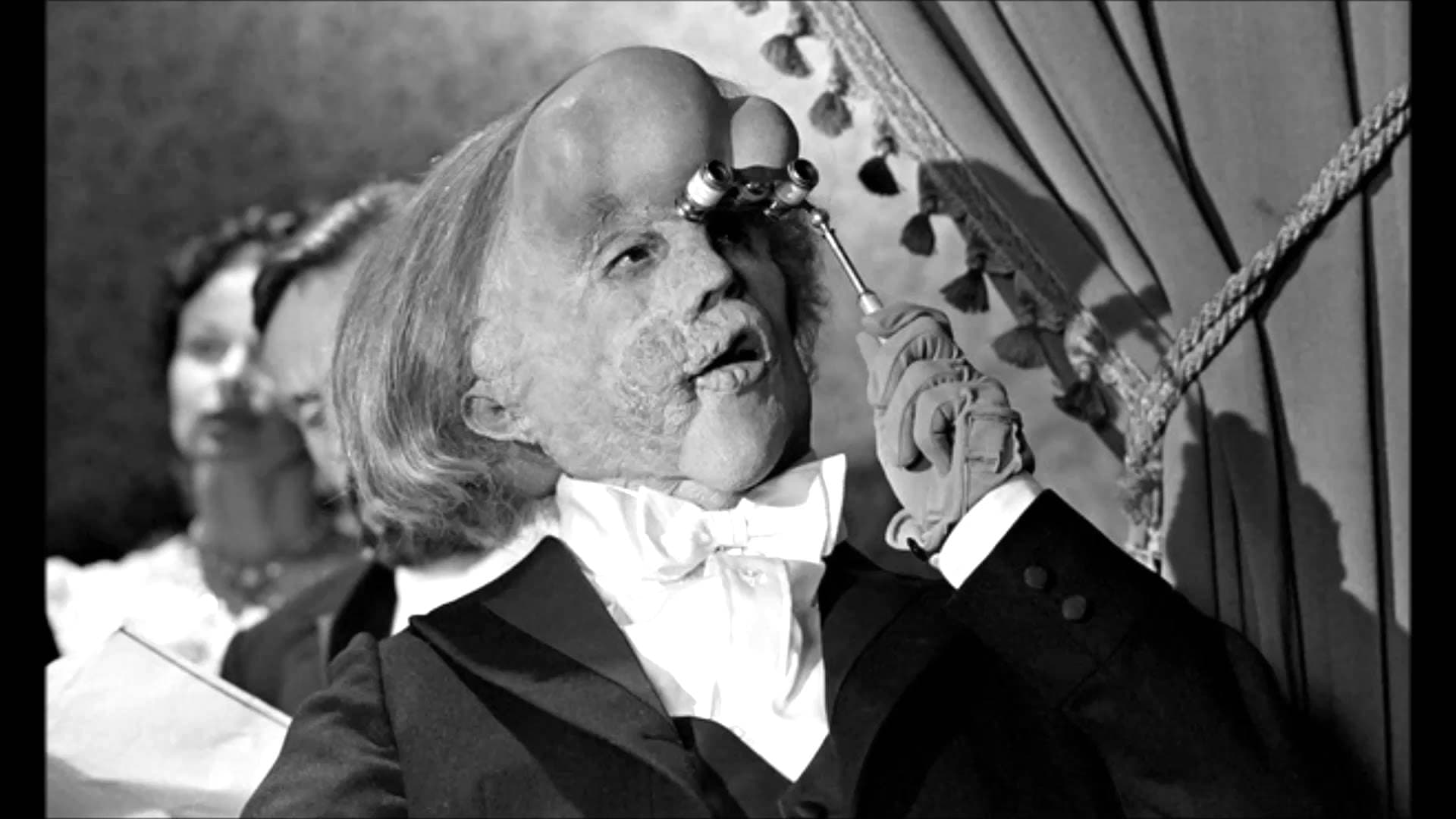
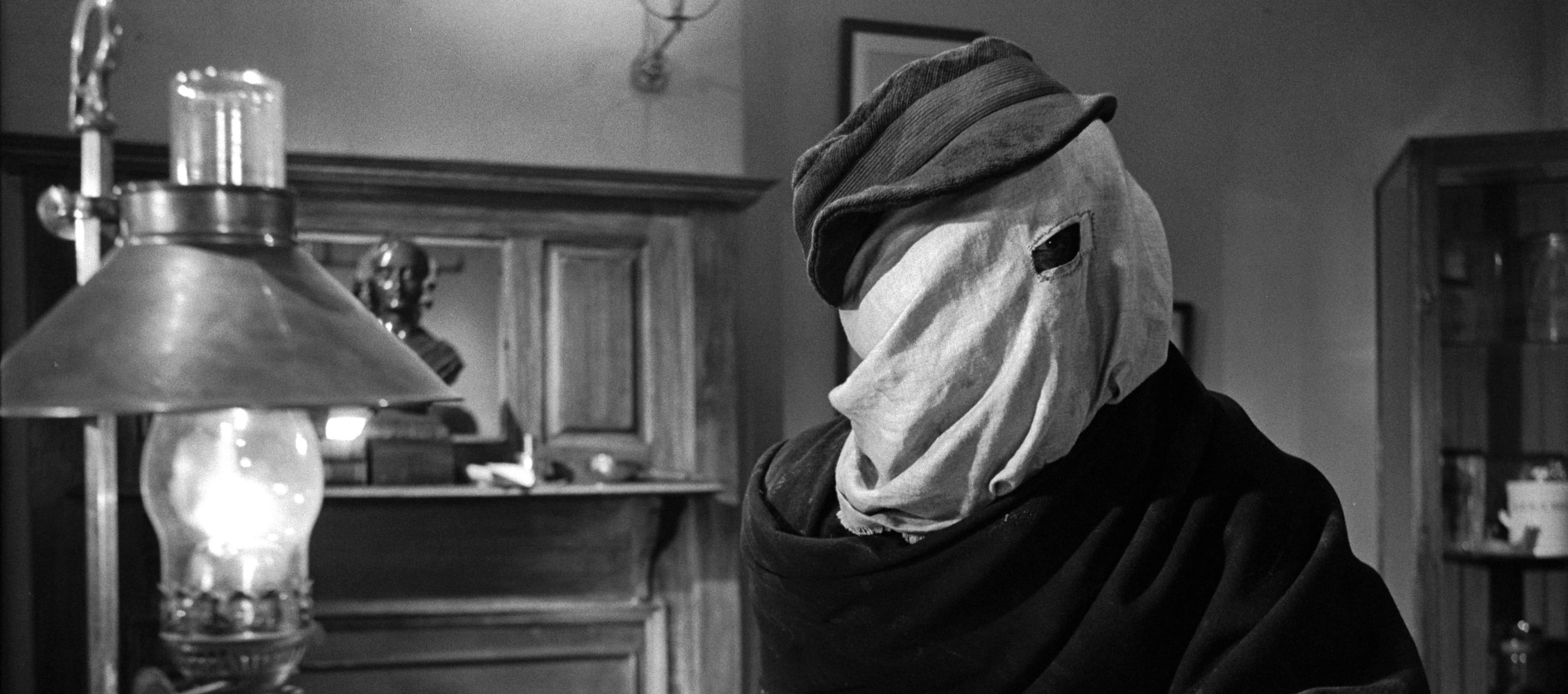
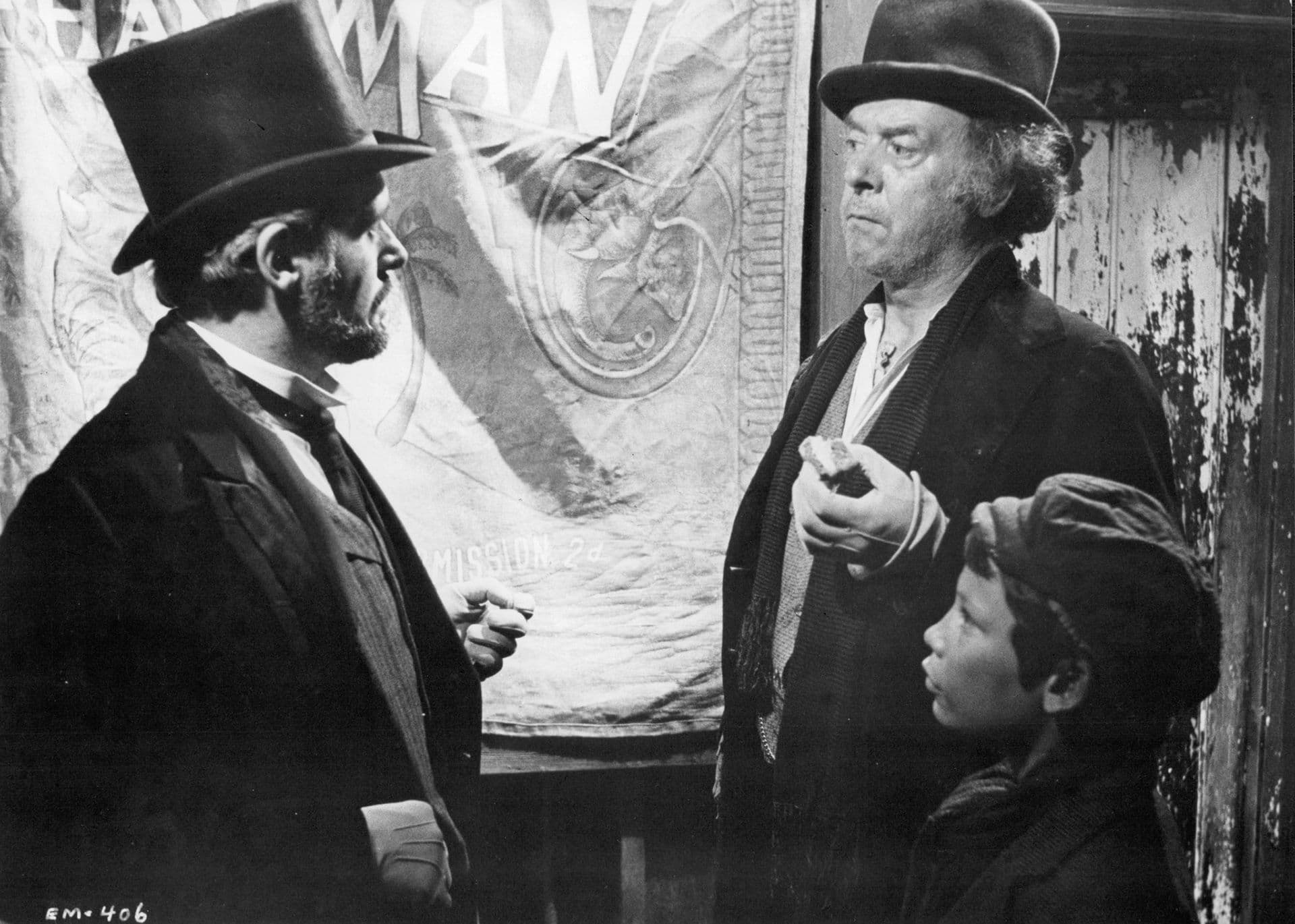
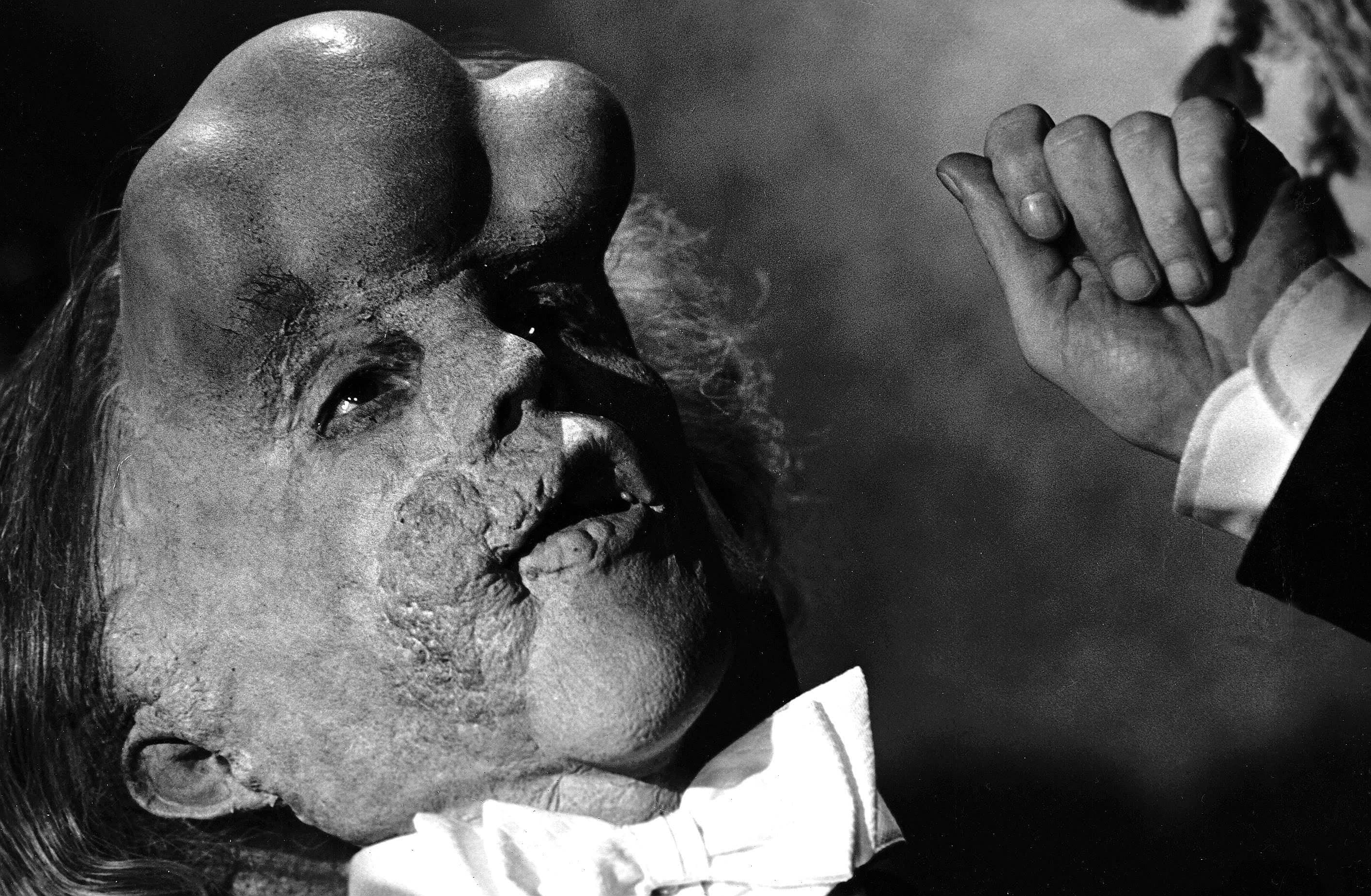
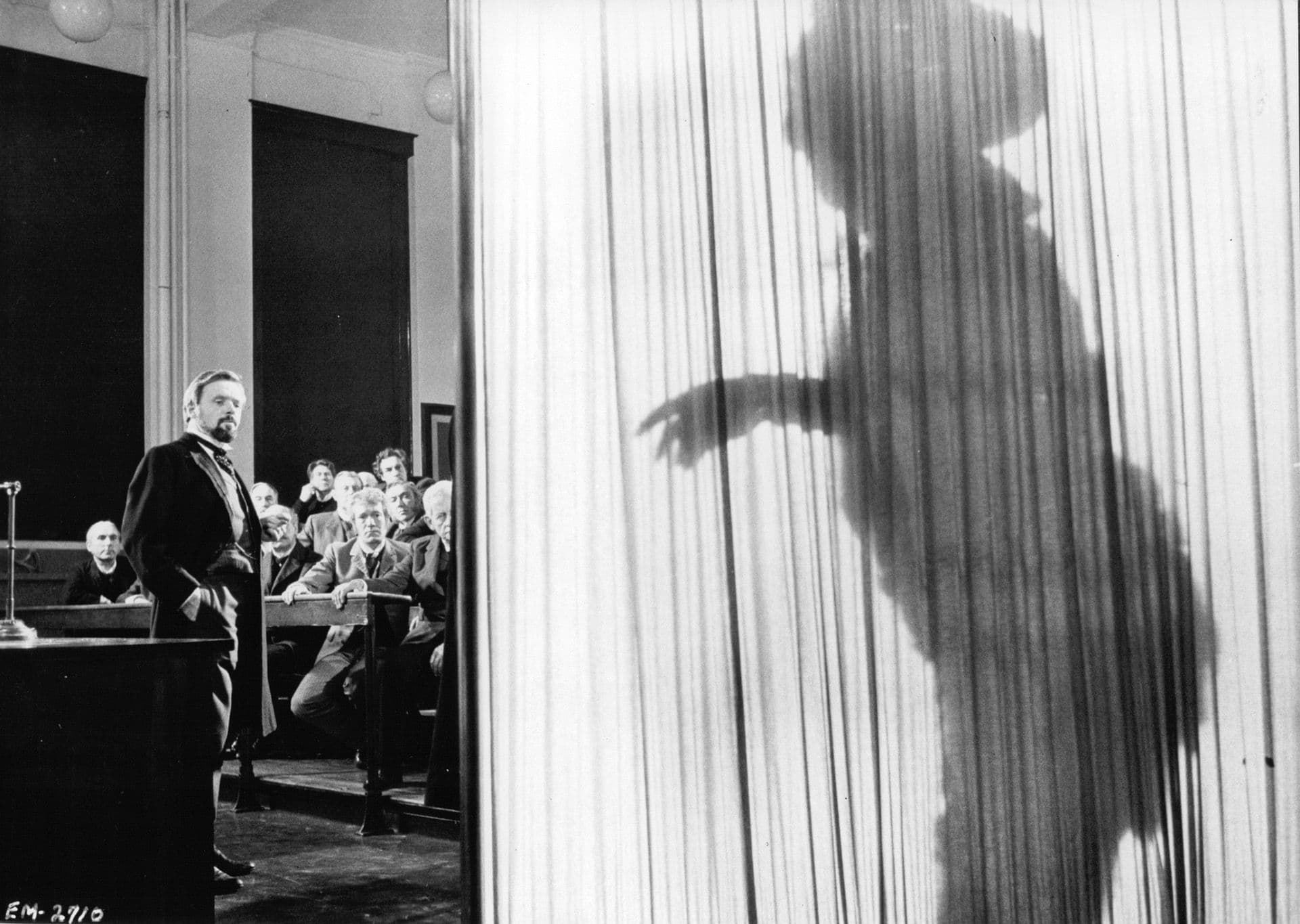

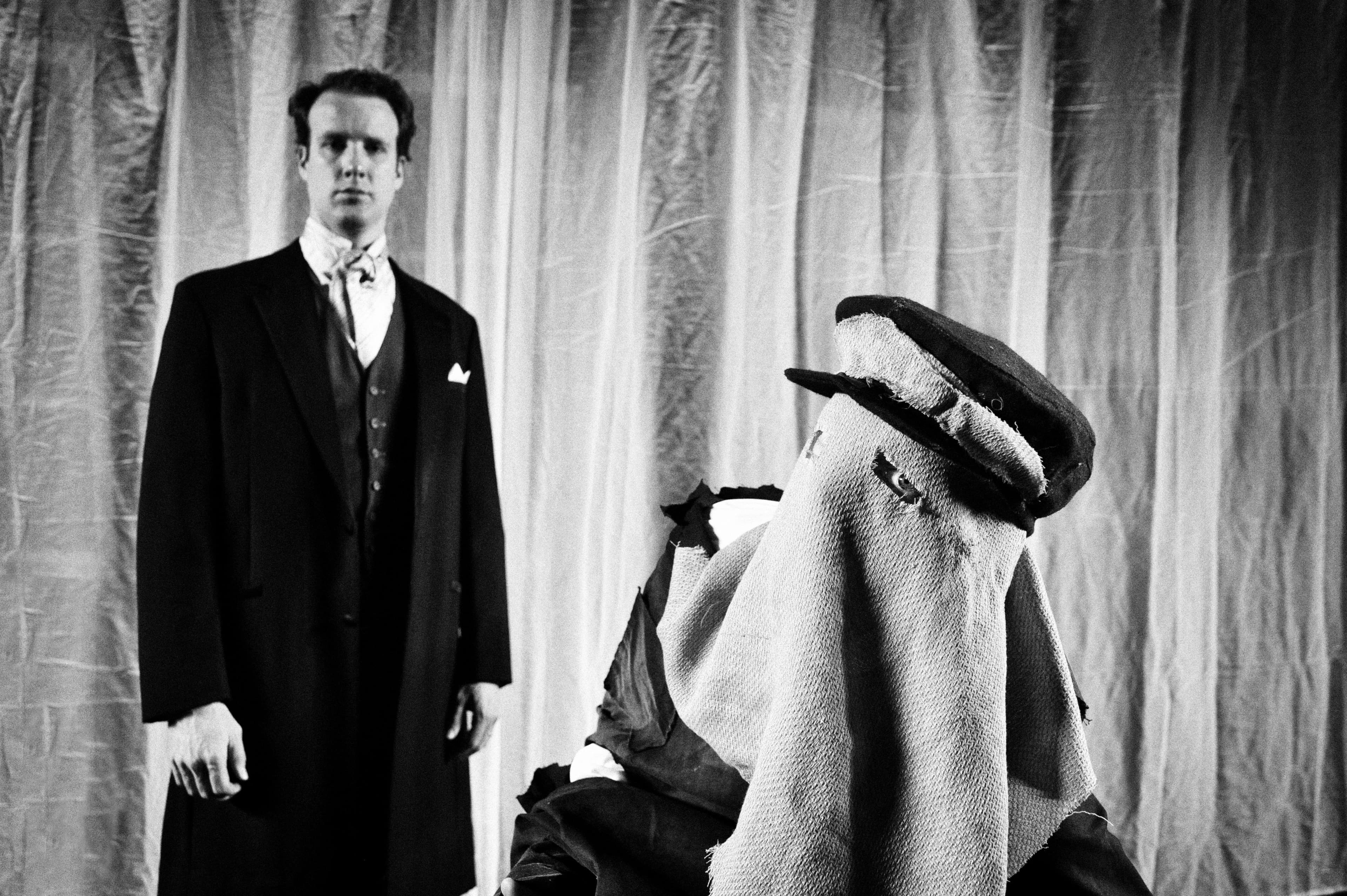
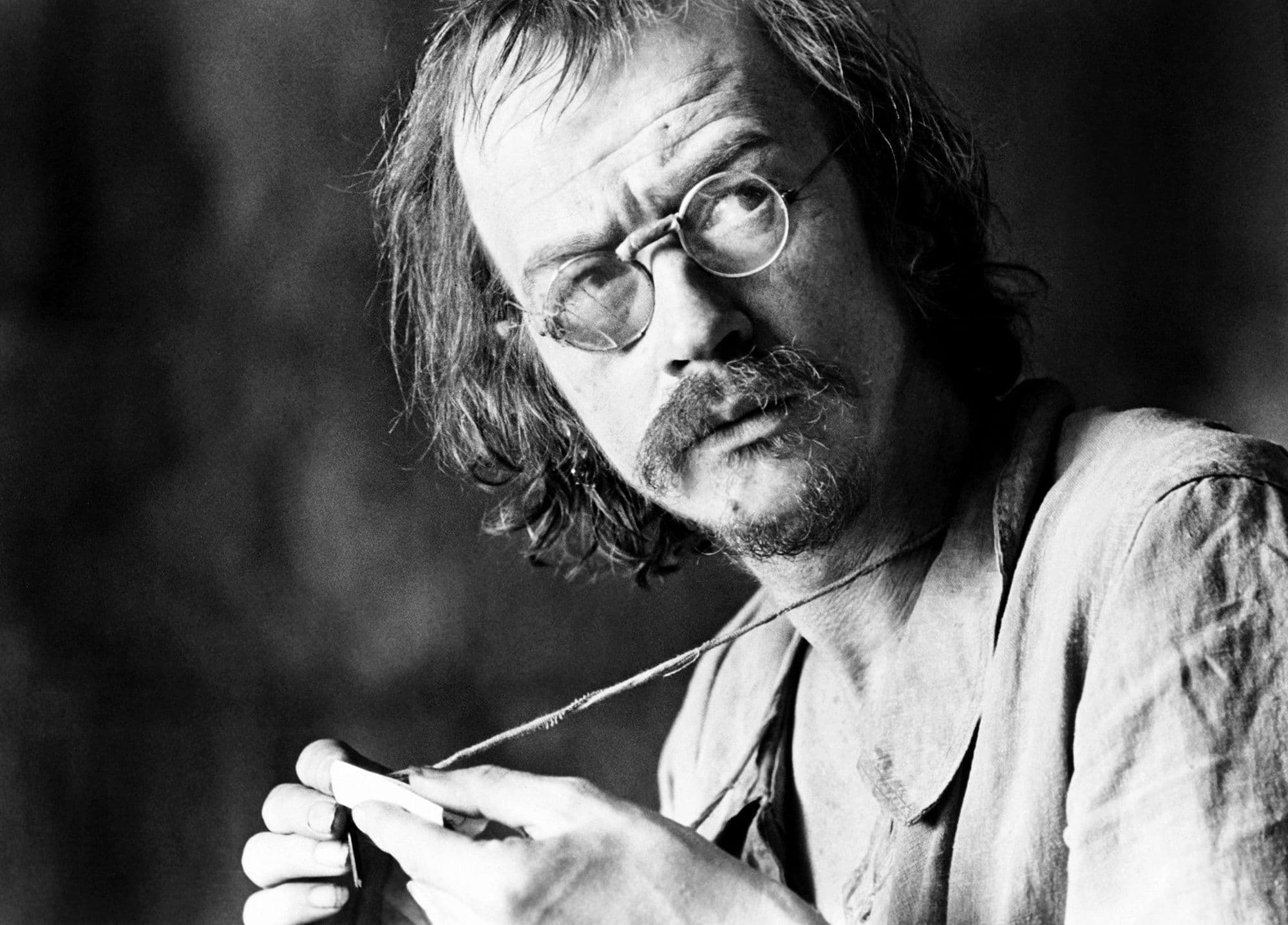
Featured Videos
Official Trailer
Comments
Loading comments...